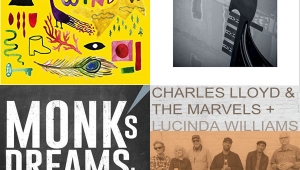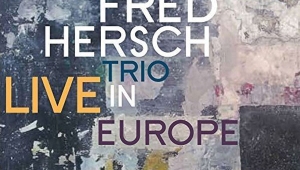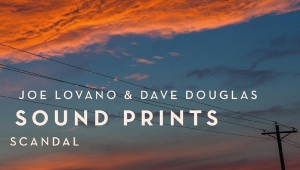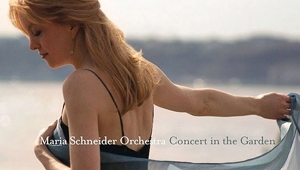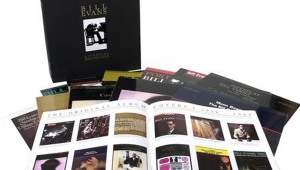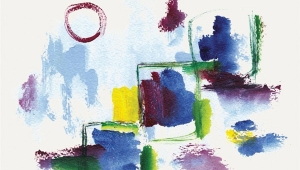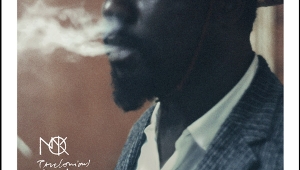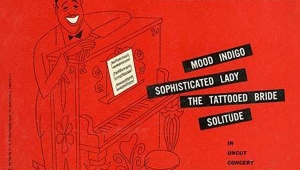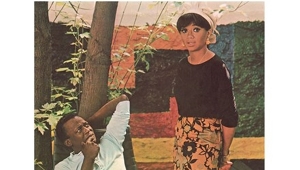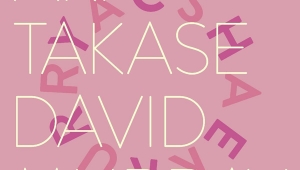| Columns Retired Columns & Blogs |
The Jaki Byard Project
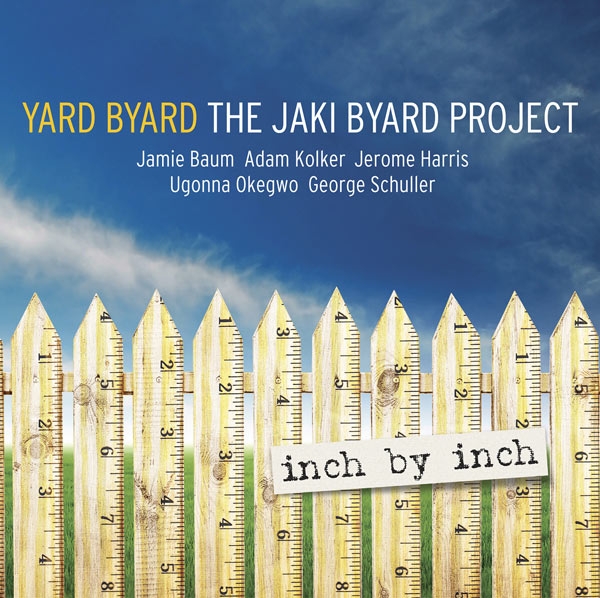
Sometimes a good album passes me by, unnoticed (so much music, so little time), but few turn out, upon discovery, to be as very, very good as the Jaki Byard Project's Inch By Inch, Yard Byard (on the GM Recordings label).
The album's 12 tracks were all composed by the late, great pianist Jaki Byard, played here (and, in some cases, arranged as well) by three of his former students at the New England Conservatory—flutist Jamie Baum, guitarist Jerome Harris, and drummer George Schuller—joined by Adam Kolker on reeds and Ugonna Okegwo on bass.
Tribute bands are tricky things: how to capture the spirit of a musician without lapsing into mere imitation and suffering by comparison? The Jaki Byard Project pulls off the feat as deftly and deeply as any other band of its kind. (The Herbie Nichols Project, led by Ben Allison and Frank Kimbrough, is the one peer that comes to mind.)
Byard—who was shot to death, in 1999, at the age of 76, in one of New York City's most mysterious unsolved homicides—was among the most puzzlingly unsung jazz pianists. He was a true master of the instrument (and of compositional theory) whose techniques spanned, and sometimes combined, everything from ragtime to bop to free jazz and beyond. In the early-to-mid 1960s, he played in Mingus' greatest band; he was also a sideman on Dolphy's Far Cry and Outward Bound, Booker Ervin's I
He was leader on 36 albums, none as well-known as many ought to be. Check out, in particular, his live 1965 quartet albums Live! and The Last from Lennie's (both on Prestige), with the even more unjustly obscure tenor saxophonist Joe Farrell.
There are three main reasons, I think, for the Jaki Byard Project's success in pulling this off. First, they decided not to recruit a pianist; no one had to go up against the band's namesake. Second, the guitarist, Jerome Harris, doesn't play like a piano-substitute: he doesn't just comp chords that a pianist ordinarily would; he weaves in and out of harmony, melody, countermelodies, rhythmic jolts, and other diverting lines. Third, all of the players do the same kind of weaving, yet there's nothing remotely amorphous or sloppy about the playing; it's drum-tight, yet loose-feeling, in the best sense of both phrases. These are top-notch musicians, all, and here they genuflect as great students, capturing their old teacher's wit, whimsy, and extraordinary musical complexity. It's the kind of music that the late trumpeter Lester Bowie once called "serious fun."
The sound, laid down by Tom Tedesco, in his Paramus, New Jersey studio, is perfectly balanced and very vivid. No one involved seems to remember the details of this session, but the equipment in his studio includes Neumann, Schoeps, RCA, and several ribbon microphones, as well as Neve mixing consoles.
The album was recorded in 2011, and it came out in 2014. As I said, it passed me by. Had I heard it at the time, it certainly would have made my Top 10 list that year.
- Log in or register to post comments
